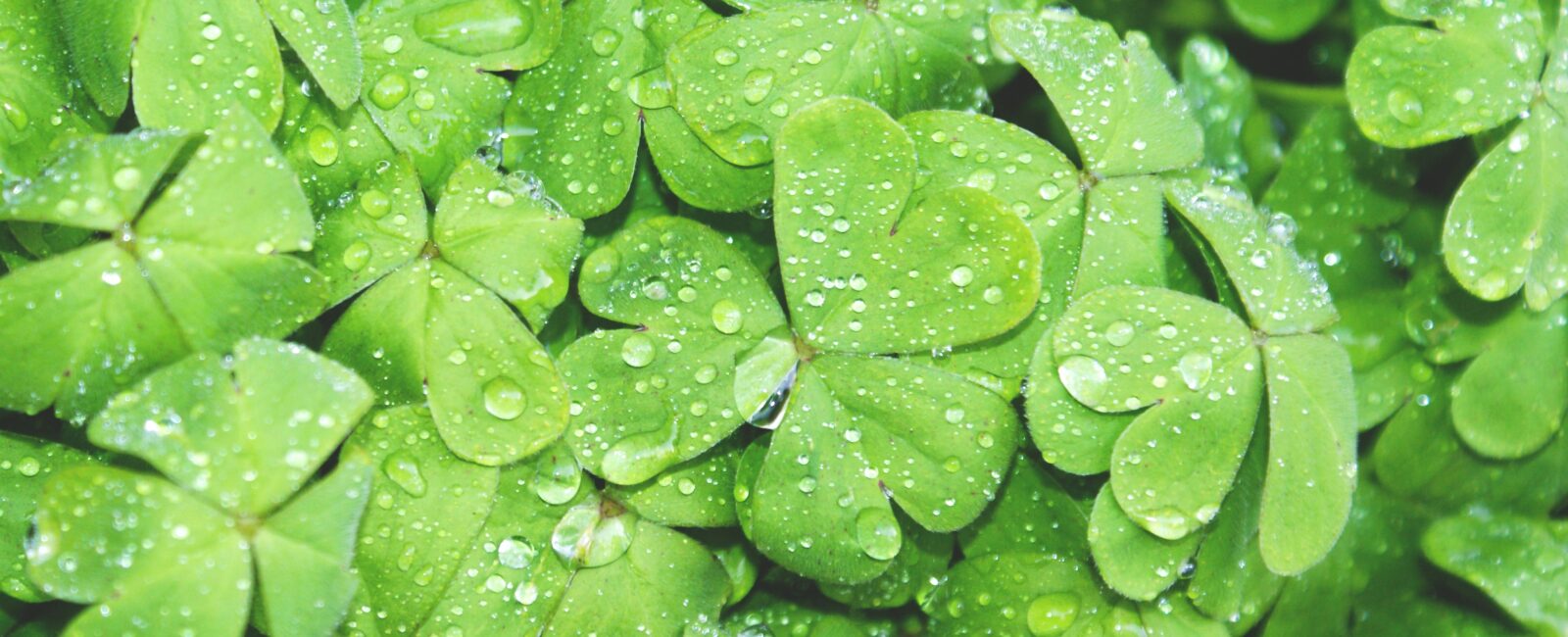By Frederic Whyte
Gardens have always been associated with innocence. Humankind’s mythologies are full of representations of green spaces in which humans beautify the earth as part of the processes of reconnecting with the innocence of self and nature.
When asked to write about the relationship between gardens and mental wellbeing, the notion of innocence offered itself as a label for those feelings of inner peace, and tranquillity, of naïve trust and security which so often disappear from our lives.
We all have childhood memories of external spaces: gardens, parks, the open countryside and if as adults, mental wellbeing issues arise, I am convinced that gardens can play a pivotal role in the process of (re)connection and recovery.
We all crave, at some point in our lives for the carefree days of childhood; to quote William Blake’s Songs of Innocence and Experience, we dream of those ‘gardens of love [where we] used to play on the green’. As part of my own recovery, I have found it especially fruitful to revisit such spaces. Of course, I can only speak as a non-professional and from my own therapeutic experience; but it seems to me that an essential part of our journey towards what could be described as ‘healing’ is to reconnect with our inner children; to rediscover those nuggets of happiness, so often wrapped up in reminiscences of gardens, playgrounds, outdoor spaces.
Clearly designers cannot produce gardens tailor-made to the specific memories of individual. We can only endeavour to create places that invite reconnection and reflection with pre-experiential innocence. Places that, like other artworks, are inspired by, and engage with, both the personal and the universal. Hopefully, our RHS Hampton Court Palace Flower Show Garden, On the Edge fulfils these criteria.
Designing the garden for Centre for Mental Health has been a healing process for me, and part of my therapeutic journey.
Designing the garden for Centre for Mental Health has been a healing process for me, and part of my therapeutic journey. It has allowed me to accept, and reconcile myself to the trauma of recent life events and also reconnect with warm and loving experiences of outdoor space. I have suffered from intermittent depression for many years, but by early 2014, things had metaphorically and materially, brought me to and on the edge of complete breakdown.
One of the sad facts of depression is that it often invites people – with their own mental health issues manifest in other ways – to prey upon its sufferers, and I found myself, both at home and at work, in a vicious cycle of depression and emotional abuse that did none of the participants any long term favours. After months of what felt like a subtle but systematic undermining of my self-esteem and professional confidence, coupled with the strain of a completely dysfunctional relationship at home, I was subject to anxiety attacks offset by days of torpid inertia in which even picking up the telephone became a Herculean task.
I was subject to anxiety attacks offset by days of torpid inertia in which even picking up the telephone became a Herculean task
As many of you know, an anxiety attack is a terrifying thing. When the body detaches itself from the mind, and rattles itself into fragments, we feel completely hopeless, and out of control. The physical reality of the world withdraws and we are left, in a precipitous and lonely space, drained of colour and form. These attacks can happen at any time of the day, and anywhere. Fortunately – or perhaps unfortunately – most of us learn to carry on, construct a brittle mask that enables us to function. Sustaining this façade is exhausting, dragging us down into yet another empty space where life seems far away, and muffled. Beyond our reach.
I have tried to encapsulate this experience in the first part of On the Edge. The garden visitor enters the garden on a narrow path, between a planting palate of greys and spikey herbaceous perennials. For me, depression was an unsettling experience: if I had to associate it with a colour, I’d choose grey. On its own, grey is lifeless, inert. Drained. Without the complementary power of colour, stifling. At the same time, the forms of Eryngium and Astelia are evocative of the brittle façade that I, for one, perfected: a mask of healthy, albeit slightly camp, cynicism that concealed a fractured self that, somewhere, had lost its ability to reflect.
Fortunately – or perhaps unfortunately – most of us learn to carry on, construct a brittle mask that enables us to function. Sustaining this façade is exhausting, dragging us down into yet another empty space where life seems far away, and muffled
Gardens can help us all by being there as spaces in which we can reflect; spaces in which we can commune with cultivated nature, reconnect. My own circumstances necessitated a complete change. With residual drops of self-determination, I left London and, once established, decided to seek professional help. My own therapy has been, and continues to be, a life-changing experience, and one that has helped me reconnect with my own ‘gardens of love’. In many ways, On the Edge is also a tribute to the work of my therapist, and our relationship. The calm and tranquil terrace, surrounding a gently reflective pool and, in its turn, surrounded by a soft but structured planting scheme, evokes the nurturing warmth of the space created between us. Structural planting is softer, more conciliatory. The selection of perennials is based upon plants that I associate with my childhood, with the plants of the local park in which I used to play, under the watchful eyes of my mother and grandmother; and, perhaps more importantly, of my grandfather’s garden. As Vladimir Nabokov wrote: ‘Nothing revives the past so completely as a smell that was once associated with it’.
I had always carried these memories with me, but it took the unravelling of breakdown, and the embroidery of therapy to create a garden patchwork that, hopefully, has the power to evoke similar sensations in others.
The pool itself is reminiscent of the lily pond in the local park, around which my sister and I would run –and often slip over- in the sepia days of our infancy. I had always carried these memories with me, but it took the unravelling of breakdown, and the embroidery of therapy to create a garden patchwork that, hopefully, has the power to evoke similar sensations in others. The ingredients are there. Throughout history, trees and plants, points of rest and reflection, pools and pathways have been used to create retreats from the world; retreats from (what is often) the overwhelming experience of life.
Learn more about our 1,000 conversations campaign or read more about our show garden designed by Frederic.


